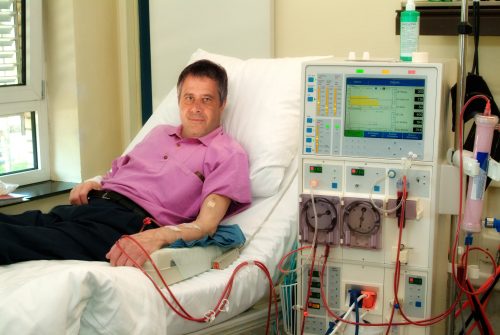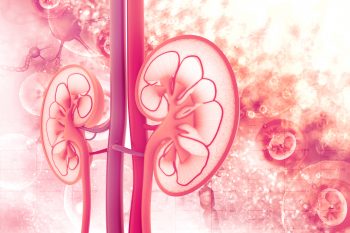
2021 ANNA National Symposium
In the United States, COVID-19 emerged in early 2020. Patients with comorbidities, including end-stage kidney disease (ESKD), were particularly vulnerable to the virus and there was no information on treating patients with ESKD who developed COVID-19.
During a virtual poster session at the 2021 ANNA National Symposium, Leslie Senyitko, MSN, RN, CNN, NE-BC, described a performance improvement initiative at MedStar Georgetown, Springfield, Virginia. The poster was titled COVID-19 in the Inpatient Dialysis Setting.
The target population was hemodialysis patients hospitalized with COVID-19 at the large medical center, as well as hemodialysis personnel. Daily shift huddles were held to reinforce standard dialysis infection prevention practices. Supply chain issues were addressed to ensure adequate personal protective equipment (PPE), and education regarding the correct use of PPE was updated frequently to comply with recommendations from the Centers for Disease Control and Prevention.
Dialysis machines were dedicated for use on the patients with COVID-19 infection and were stored in a location separate from machines used for non-COVID patients. Machines were disinfected per standard protocol between each use and with bleach at the end of each day. A Surfacide disinfection was performed each night on the equipment. Coordination with the bed placement team enabled patients to be placed in negative air flow rooms to allow visibility and monitoring from outside the room.
Patients were assessed daily by a nephrologist and dialysis needs and treatment orders were adjusted as needed to limit exposure. A surge staffing plan was developed and implemented. Treatments were performed later in the day and, when possible, a dedicated staff provided support. Heparin protocols were adjusted to preserve the dialysis circuit.
Bedside treatment volume doubled from 4 to 6 to 15 to 16 per day; most were performed in COVID-19 isolation. Over a 3-month surge of COVID-19 infections, 300 treatments were performed on patients with COVID-19 infection. As of the writing of the poster, no dialysis personnel had tested positive for COVID-19, and there was no nosocomial transmission among dialysis patients.
“While there is much still to be learned about COVID-19, an increase in knowledge and experience in caring for this population has reduced anxiety and established a COVID-19 workflow in our department,” the author said.
Source: Senyitko L. COVID-19 in the inpatient setting. Abstract of a poster presented at the virtual 2021 American Nephrology Nurses Association National Symposium, May 2-5, 2021.







 © 2025 Mashup Media, LLC, a Formedics Property. All Rights Reserved.
© 2025 Mashup Media, LLC, a Formedics Property. All Rights Reserved.